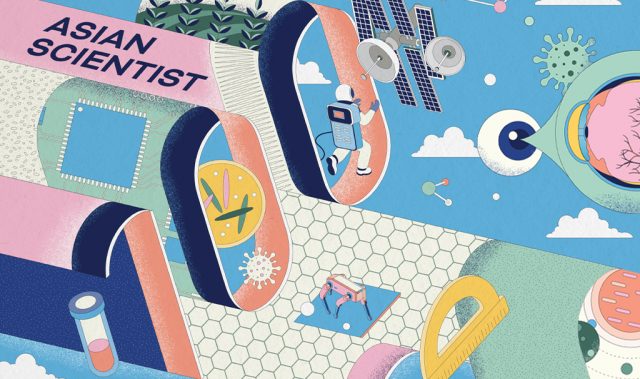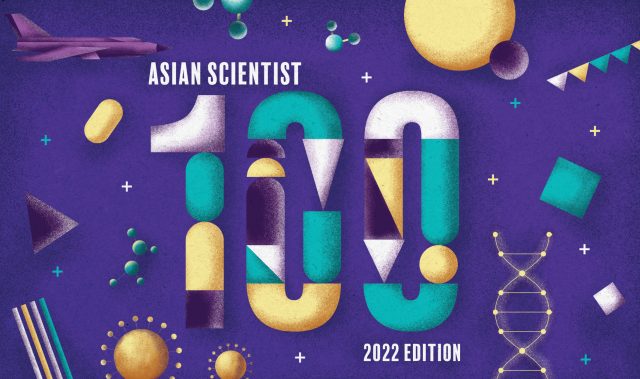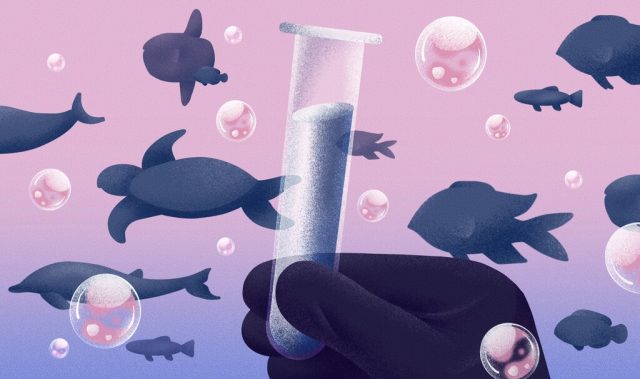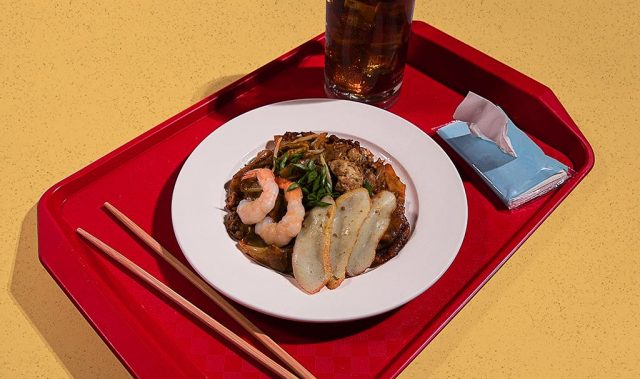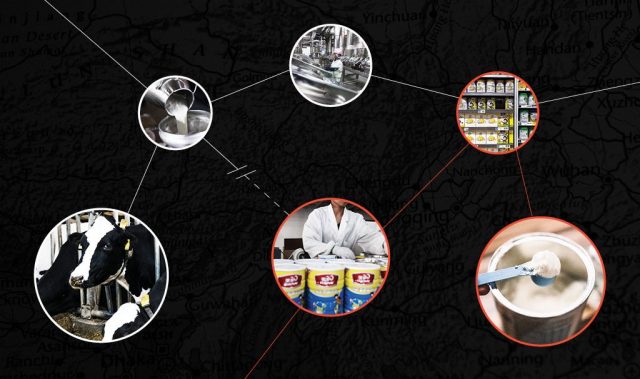
AsianScientist (Dec. 26, 2017) – Researchers are developing software for creating informative three-dimensional (3D) models of urban infrastructure based on laser scanner survey technologies and photography. The project has won the international scientific consortiums competition of the BRICS countries (Brazil, Russia, India, China and South Africa) in the field of science, technology, and innovation.
Scientists at Peter the Great St. Petersburg Polytechnic University (SPbPU), Russia, in collaboration with the East China Normal University and the Indian Institute of Technology Roorkee, are developing software to analyze 3D images of infrastructure objects. The raw data inputs are collected using laser scanner survey technologies and photography, and the information needs to be transformed into point clouds of suitable density. Point clouds contain structural information in coordinate form.
For the visualization of point clouds, the researchers created image projections, combining them with the photography data. This significantly improved the quality of laser scanning point clouds segmentation and sped up processing speeds. In addition, the display scale of objects could be adjusted to obtain the most accurate image, without shadows.
The researchers envision that the software will be useful at all stages of an object’s lifecycle, including the detection of defects, renovation and building information modelling.
“In cooperation with our foreign colleagues, we are analyzing the point clouds, obtained by laser scanner survey technologies, to develop software that enables us to recognize particular features of materials, the texture of objects and changes in those properties. Our developments can be used for monitoring and repair of the road infrastructure, as well as on the preservation of objects of cultural and historical heritage,” said Professor Vladimir Badenko of the Institute of Civil Engineering at SPbPU who led the project.
———
Source: Peter the Great St. Petersburg Polytechnic University.
Disclaimer: This article does not necessarily reflect the views of AsianScientist or its staff.




